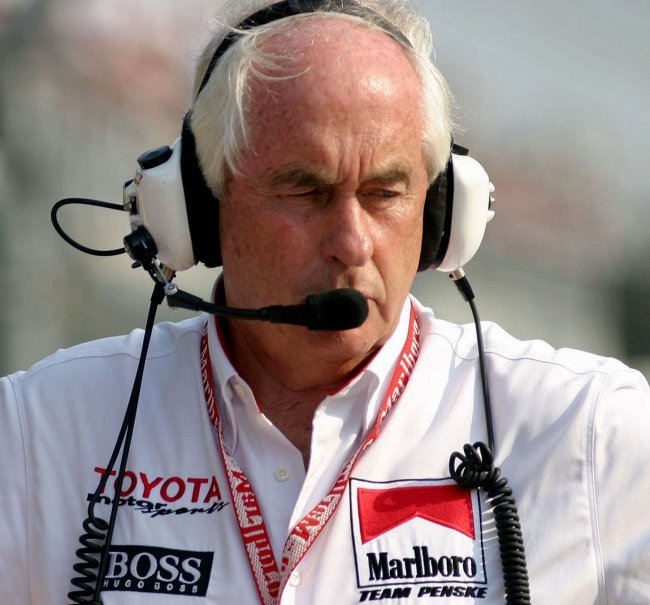From Ferrari to Penske, the racing stables continue
It’s a matter of motorsports management
By Larry Edsall - January 5, 2022
(Editor’s note: The Classic Car Trust publishes its annual report in the form of a magazine-style book, The Key. For 2021, the publication spans 273 pages and a series of interesting and important reports. We’ve previously shared its list of the world’s top-100 car collectors and reported on its survey of boys and young men and their attitudes toward cars. Today the subject is motorsports.)
Scuderia. It’s the Italian word for stable, a place to keep horses, even Prancing Horses, and thus Scuderia Ferrari, considered the first such “stable” with an emphasis on horsepower. By the end of the 1920s, Enzo Ferrari realized that as well as he drove, he was even better at running a stable of racers and cars, and over the course of eight years, his scuderia won 144 of 225 races.
“United under the same flag” is a section in The Key that explores the phenomenon of the scuderia in auto racing.
“Scuderia racing teams have always been a place where discoveries and talent unit, where passion spreads and loyalties are forged both during races and outside,” Stefano Beloni writes.
“Scuderia racing teams were clubs where drivers could come together and were a stimulating and serene way to make their dreams come true. We pay tribute to some of the most famous ones, their symbols and the men who created them.”
Roger Penske
Enzo Ferrari
Beloni profiles 20 such teams, among them Penske Racing, which I’d never considered to be a scuderia until reading that in many cases, such organizations also became car-building enterprises. That also applies to Dan Gurney and his AAR All American Racers and to Briggs Cunningham’s team.
Such stables, Beloni notes, benefited from the fact that automakers “did not want the burden of direct participation in races,” but did want the benefits of the publicity when their products won on the track, and thus were willing to provide varying degrees of support.
Other American scuderia featured in The Key report are Camoradi, the Casner Motor Racing Division headed by Lloyd “Lucky” Casner in the early 1960s, and Luigi Chinetti’s NART, North American Racing Team, which brought so many Ferrari racing machines across the ocean.
Among others included Brun Motorsports, Ecurie Ecosse, Joest Racing, Filipinetti, John Wyer Automotive Engineering, Rob Walker Racing Team, and even Equipo Argentino, which was headed by Juan Peron and helped Juan Fangio show his skill as a driver.
Article courtesy of Classiccars.com




